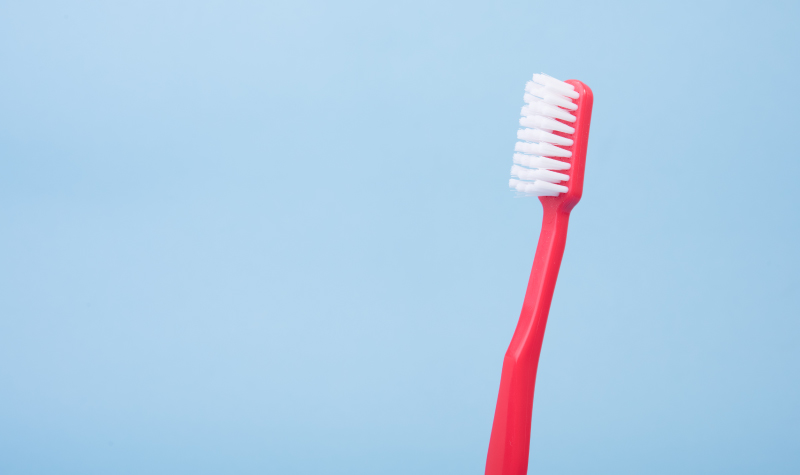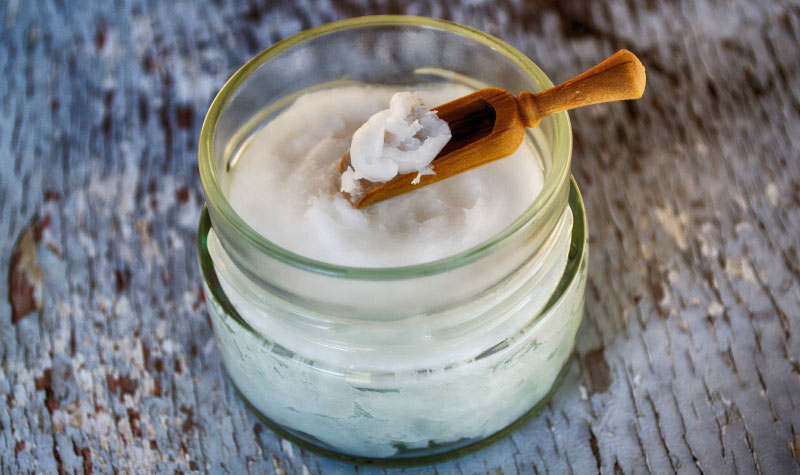A sticky layer of film known as “plaque” forms on everyone’s teeth. It’s the accumulation of bacteria that exist naturally in the mouth and debris. When plaque bacteria consume your dietary sugars, they generate acid byproducts that destroy tooth enamel and lead to tooth decay and cavities. That’s why removing plaque from your teeth is crucial for maintaining good oral health. Fortunately, there are simple things you can do at home to keep plaque under control. Read on to learn how to remove plaque safely at home and which methods to avoid!
Brushing & Flossing
The best way to remove plaque is to gently brush your teeth at least twice per day, using a toothbrush with soft bristles and fluoridated toothpaste.

If you are bored with your oral hygiene routine or struggle applying a safe amount of pressure, consider using an electric toothbrush. And oral care routine utilizing an electric toothbrush is often more effective at removing plaque than one using a traditional toothbrush. One study, as detailed in Consumer Reports, found that electric toothbrushes reduced 21% more dental plaque than did manual toothbrushes. Electric toothbrushes also provide incentive to brush by making brushing more exciting. Also, people who use electric toothbrushes tend to brush for the full recommended two minutes.
Regardless of the type of toothbrush you use, brushing should always be supplemented with daily flossing. Only by string and/or water flossing can you clean between teeth and under your gumline where your toothbrush bristles cannot reach.
Oil Pulling
Have you ever heard of “oil pulling”? This ancient variation of mouthwash has been used for thousands of years for its alleged ability to “pull” toxins from gum tissue by swishing certain kinds of oil, such as coconut oil, around your mouth for anywhere from several minutes to 20 minutes, then spitting it out. Advocates of oil pulling contend that it’s an effective method of cleaning because oils can penetrate all the tiny crevices around your gum tissue and teeth. However, the American Dental Association does not recommend oil pulling as a replacement for brushing and flossing due to the lack of clinical evidence promoting its efficacy.

Baking Soda
Baking soda is a common ingredient in toothpaste because it is a natural cleanser. Studies have found that toothpaste containing baking soda removes more plaque, and delays its recurrence, more effectively than does toothpaste that does not contain baking soda. Many have turned to using just baking soda to clean their teeth. While this may help remove plaque, doing this too often can damage your tooth enamel, resulting in sensitive teeth, irritated gums, and cavities.
Consult with Our Expert Team!
Your oral health is our priority. If you have any questions about plaque or if you would like more cavity prevention tips, don’t hesitate to contact us here at Springhurst Hills Dentistry.
Posted on behalf of Dr. Lan Tran, Springhurst Hills Dentistry

Contact us today to see how we can help you and your family get healthy smiles!
Send Us An Email
